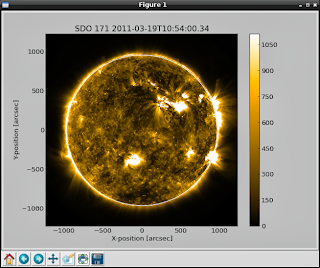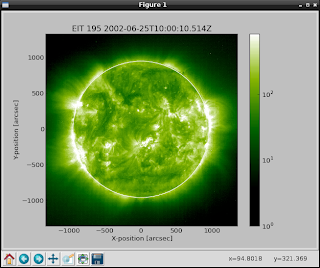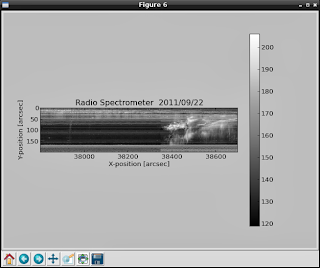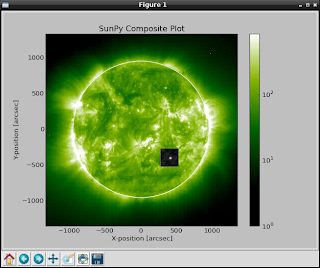This is a simple example with two functions.
First will check the linux command : ls linux command.
The next function will give us some infos about system.
import shlex
import subprocess
from subprocess import Popen, PIPE
import platform
def check_command(command):
cmd='which ' + command
output = Popen(shlex.split(cmd), stdout=PIPE).communicate()[0]
command_path =output.split('\n')[0]
print command_path
return command_path
def check_platform():
arch, exe = platform.architecture()
my_system = platform.system()
if my_system == 'Linux':
distro_name, distro_version, distro_id = platform.linux_distribution()
elif my_system == 'Darwin':
distro_name, distro_version, distro_id = platform.mac_ver()
elif my_system == 'Windows':
distro_name, distro_version, distro_id = platform.win32_ver()
elif my_system == 'Java':
distro_name, distro_version, distro_id = platform.java_ver()
processor = platform.processor() or 'i386'
print processor, my_system, arch, distro_name, distro_version, distro_id
return processor, my_system, arch, distro_name, distro_version, distro_id
check_command('ls')
check_platform() This python script can be use with any scripts when we need to test commands and system , distro version.



